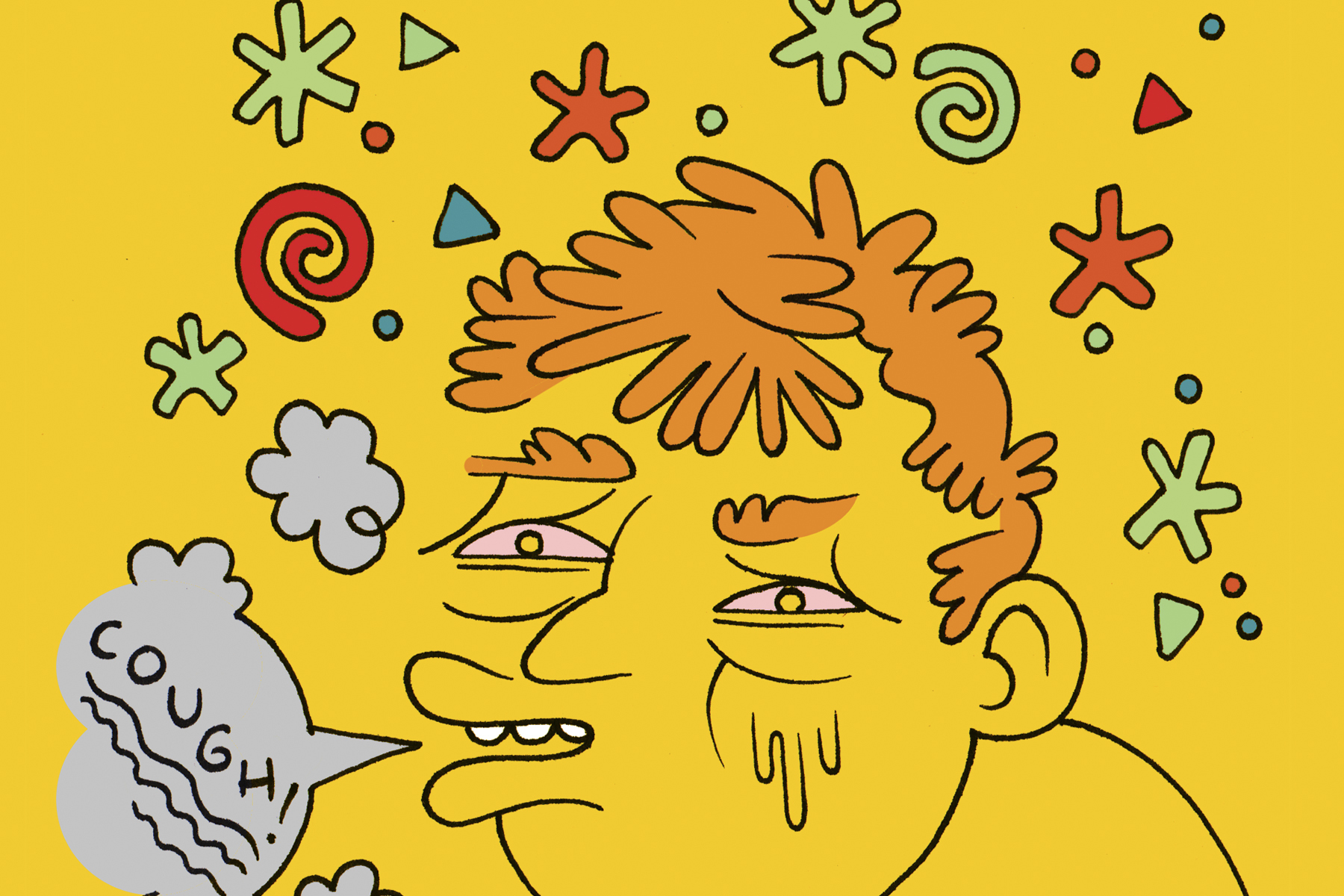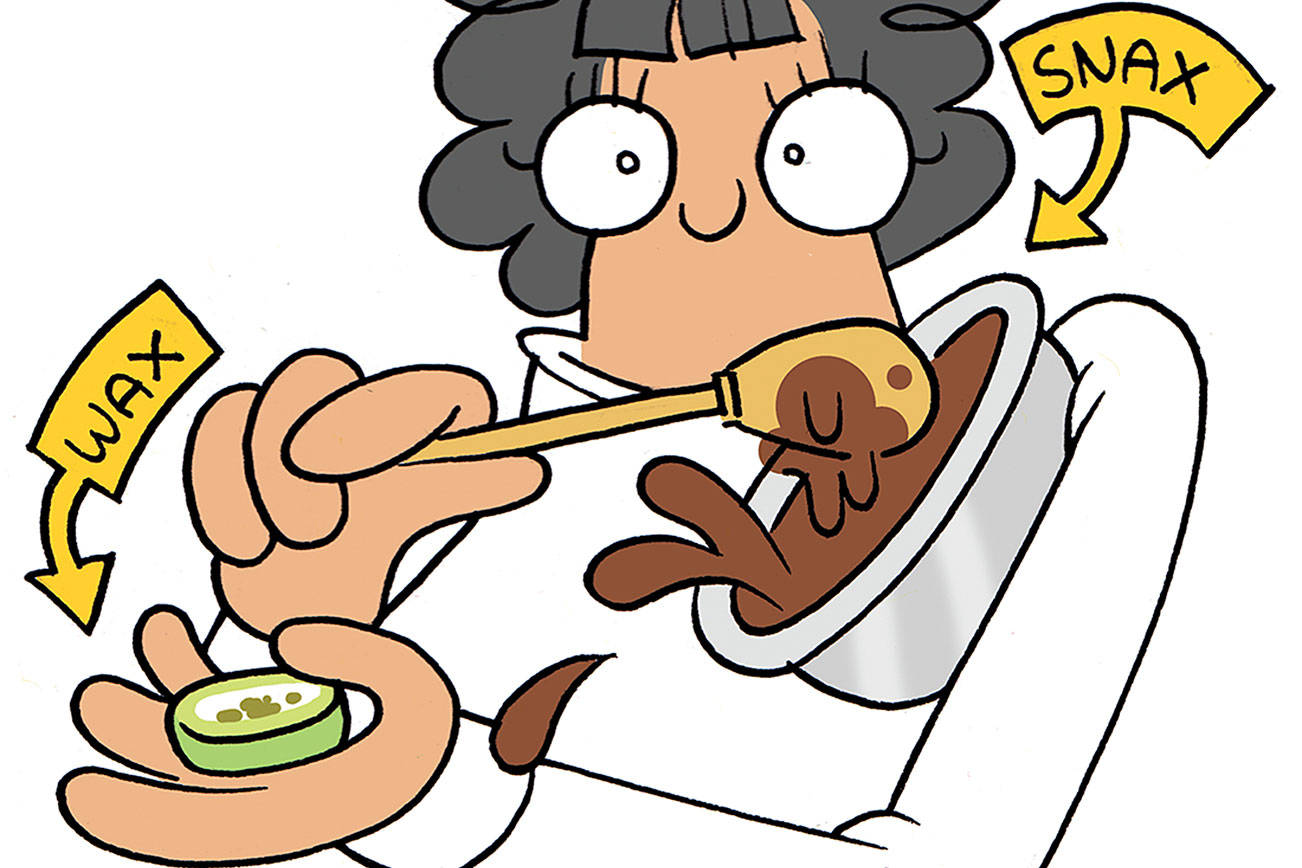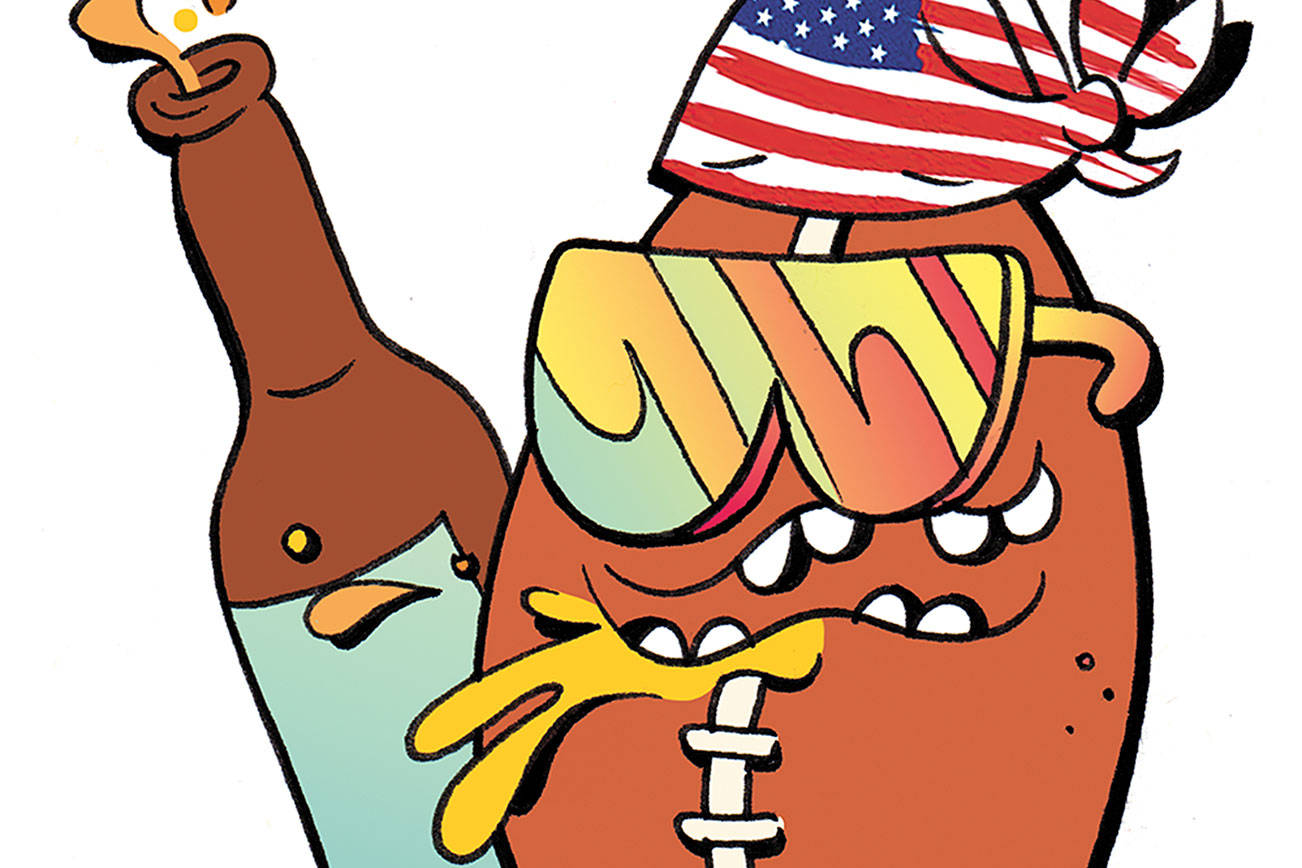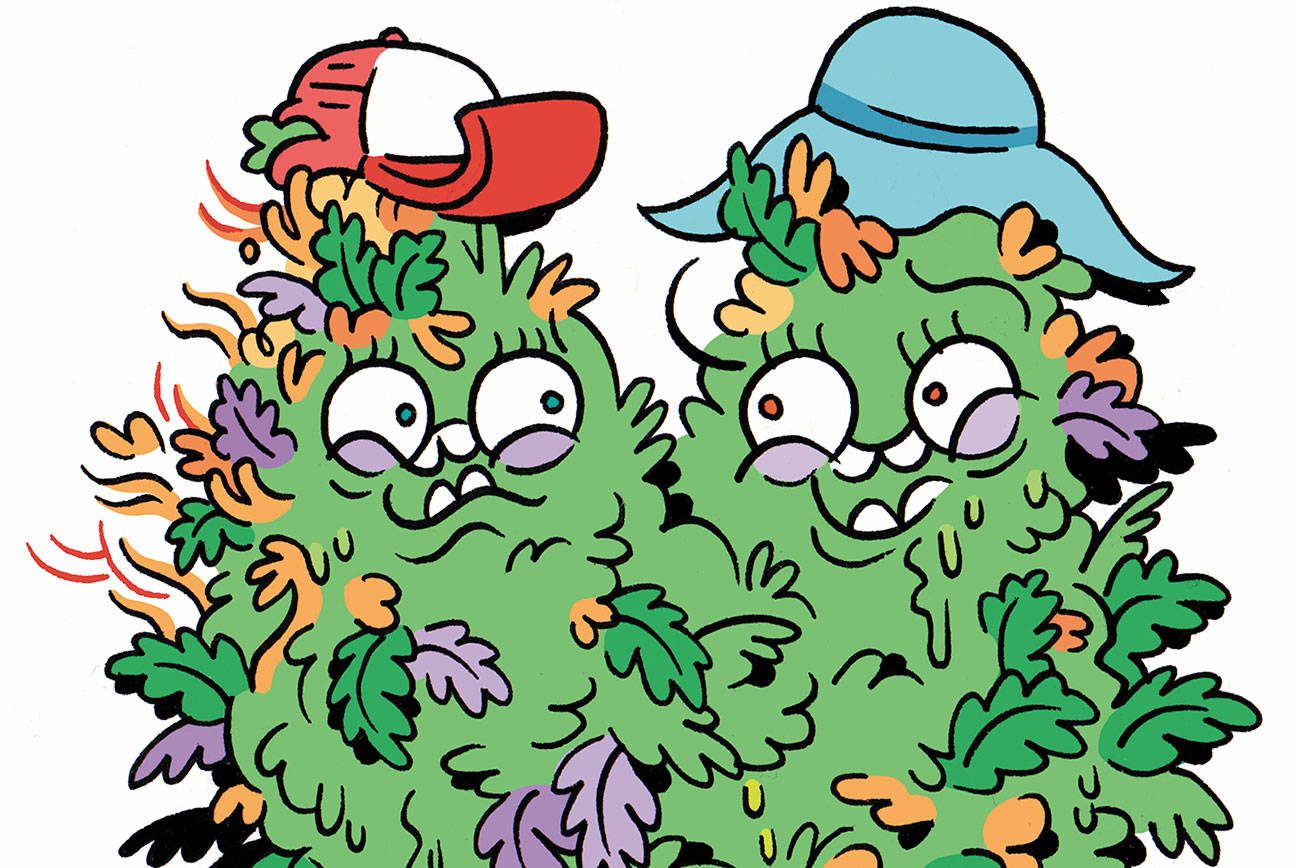In my ongoing multipart series on concentrates I’ve looked back over the past 5,000 years, from butter to hash to the introduction of solvents. This week I’ll talk about the concentrates you will most typically find in a dispensary: light hydrocarbons, or BHOs. Coming in a myriad of forms, BHOs can get confusing quickly. I’ll demystify these methods for you, so the next time they come up in conversation, you will sound like a pro.
Most concentrates on the market today fall into a category called light hydrocarbons, which use chemicals to “wash” the plant material and strip out cannabinoids, like THC and CBD, and terpenes, the molecules that determine how weed tastes and smells. The most common hydrocarbon used is butane, and most concentrates on the market are referred to as butane hash oils, or BTOs, whether butane was involved or not. Other hydrocarbons used are propane, ethanol, and acetone.
Be forewarned. Of all the methods for making concentrates, working with hydrocarbons is the most dangerous, and has led to several home cooks blowing themselves up. Large-scale producers have to jump through several expensive hoops before a city will give them the go-ahead on production. However, the hydrocarbon method is the fastest and cheapest way to make the most potent concentrates on the market, so they remain popular.
There are a staggering number of variations of BHOs. After plant material has been washed with hydrocarbons, all the molecules are just hanging out in their natural state, suspended in fluid. If the butane is carefully evaporated off and the molecules are left undisturbed, the resulting product is a beautiful, clear, golden, glass-like substance. This is called shatter, and is hard and brittle, like candy. Purists insist this is the best form of concentrate because the cannabinoids are basically in the state you would find them in in the plant material. Shatter will usually test around 90 percent THC, making it the strongest concentrate on the market. Because it’s so hard, it’s really suitable only for dabbing, though some people will use it in vaporizers. Shatter is not very stable, and can turn into wax or budder over time.
On the other hand, if, after the wash, the cannabinoid molecules are disturbed—either by raising the temperature, whipping the mixture, or even by accident—the molecules break apart in the suspension and the result will be a honey-colored, opaque substance called wax, honeycomb, crumble, flake, or budder. Wax tends to be less potent than shatter, usually in the 60 to 80 percent THC range (which honestly is still pretty damn strong), but does a better job at holding on to terpenes. Whether the product is stickier (wax, honeycomb, and budder) or drier (crumble, flake) is determined by the original wash. Wax is easiest to work with because of its softness, which makes it great for dabs, but also fine for bowls and joints; it can even be used in some vape pens.
Sap is essentially shatter that never solidifies, but stays a sticky liquid, hence the name. Several factors can contribute to this. Decarboxylation or heat-treating your weed before you begin will create a runnier product, as will using weed that is high in CBD or terpene levels. Sap is lovely for dabs, as well as joints, bowls, vape pens, and even cooking. Between sap and shatter is snap-and-pull, named for its taffy-like consistency; it’s that amber stuff you see skillfully wrapped around joints or artfully coiled atop bowls. In most other ways, it’s basically the same as shatter or sap.
Finally there’s sugar or live resin. This has the consistency of granulated sugar in honey, which is the result of a process that starts with live plant material, either fresh or fresh-frozen, ensuring a higher water content than other methods. This method’s biggest benefit is the preservation of terpenes, all of which survive the process; the product tastes the same as fresh weed smells. But maybe a better benefit is that live resin tends to retain lots of the other cannabinoids we don’t talk about so much, capitalizing on the “entourage effect” and providing an incredibly well-rounded high complemented by delicious flavor profiles. It’s also one of the more expensive methods, so it tends to be favored by cannabis connoisseurs.
stashbox@seattleweekly.com
stashbox@seattleweekly.com








